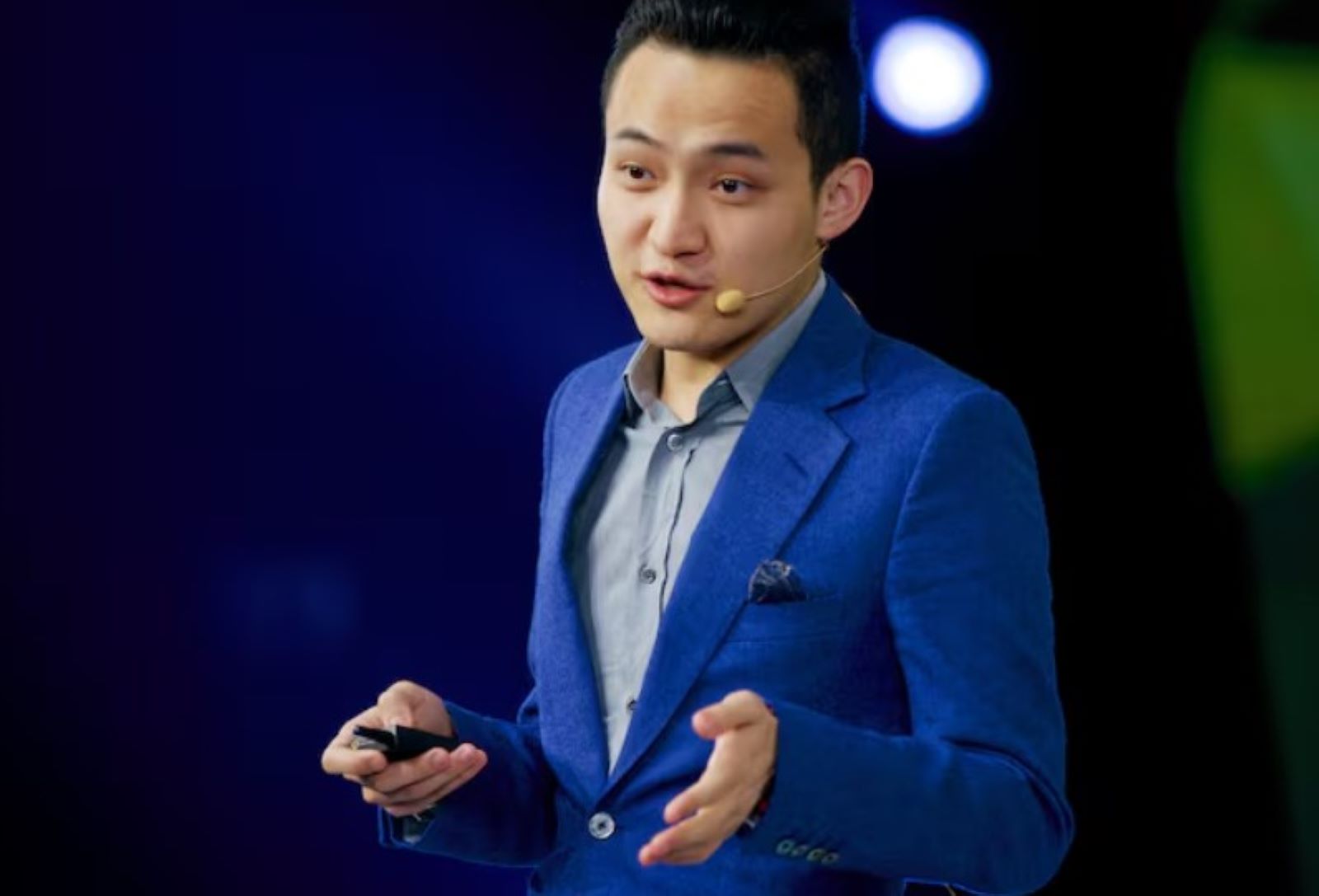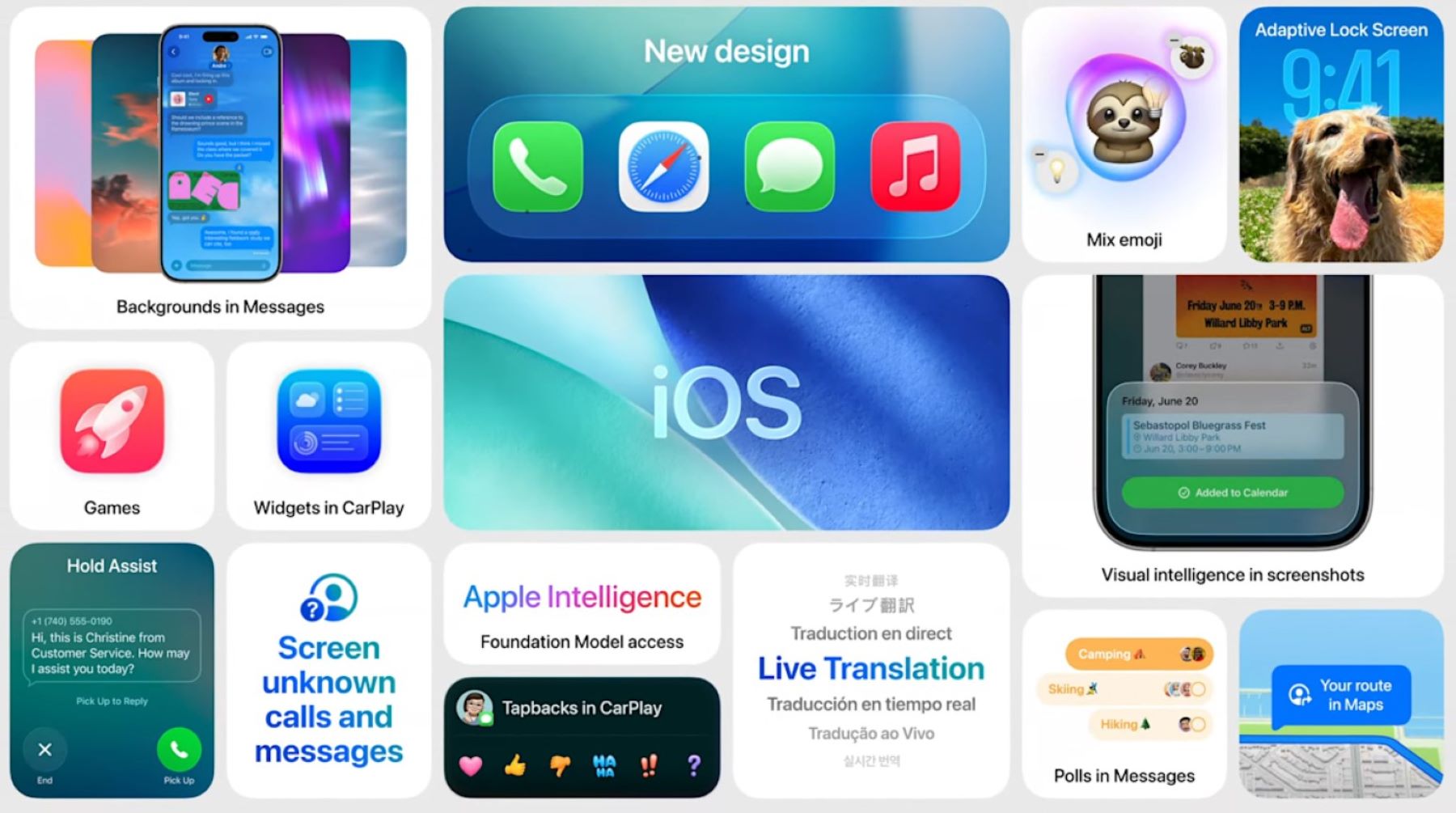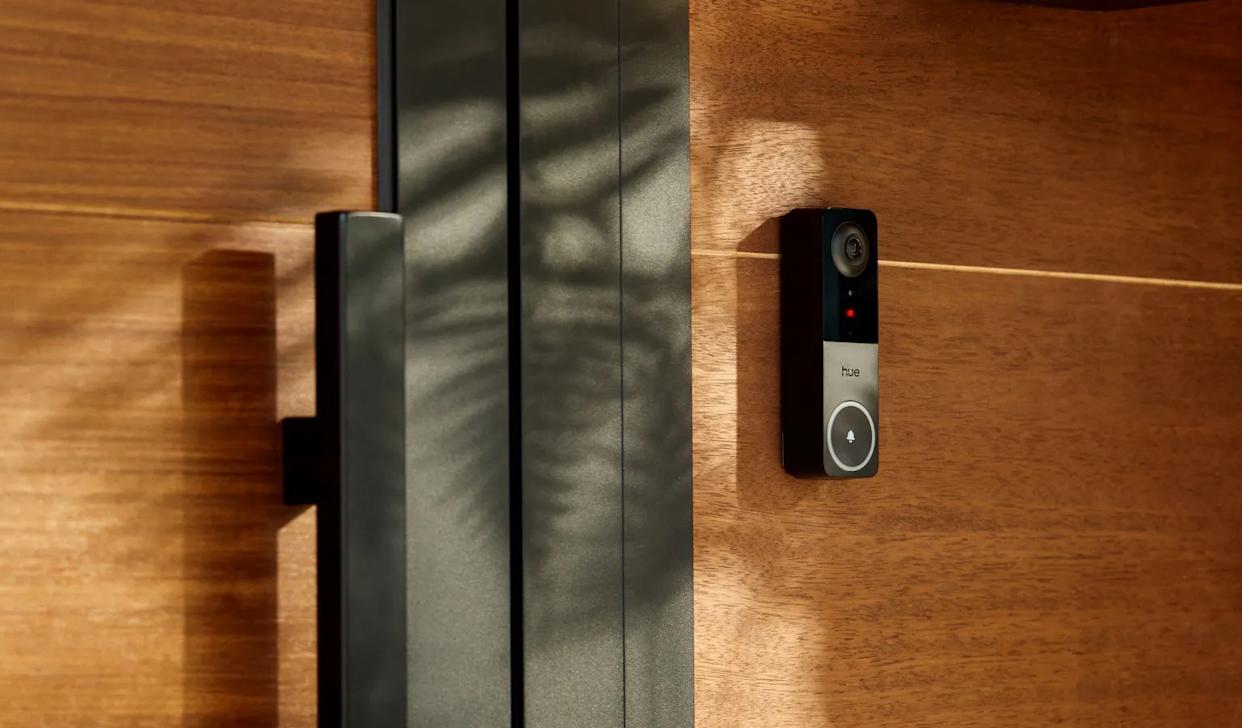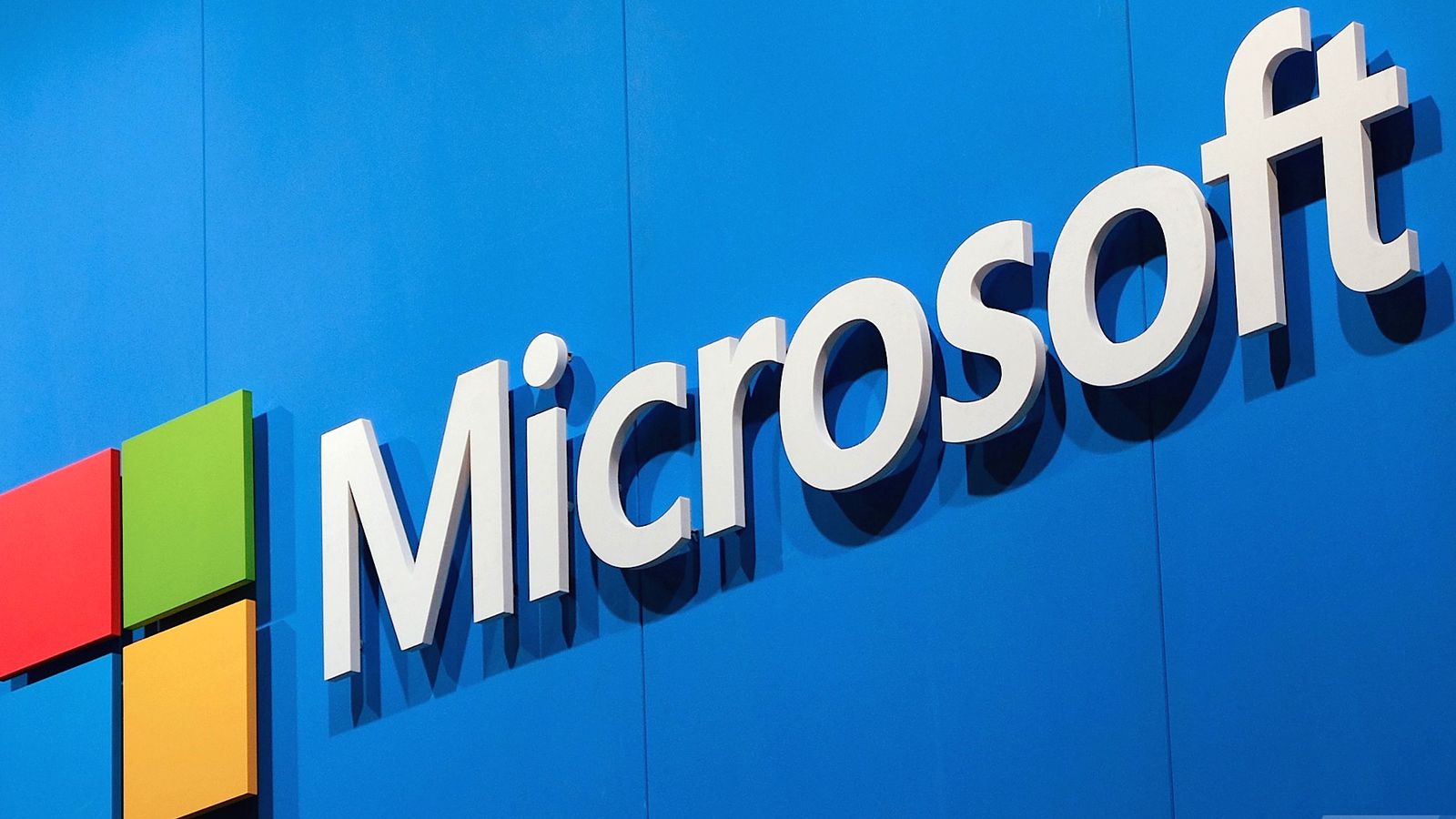According to BusinessKorea, the three largest Korean battery cell manufacturers’ share of the global market fell in 2022 compared to the previous year. According to analysts, Chinese battery manufacturers, such as CATL, the top battery manufacturer in the world, have been gaining ground on them.
SNE Research, a research firm, reported on July 4 that the market shares of LG Energy Solution, Samsung SDI, and SK On reached 25.6 % in the January-May interval of this year, decreasing from 9.1 % to 34.7 % in 2021.
Ups And Downs Of the Market Share
The market share of fifth-placed SK On increased by 1.6 % points, from 5.2 to 6.8 %, while the market share of second-placed LG Energy Solution decreased by 9.2 %, from 23.6 to 14.4 %.In sixth place, Samsung SDI, its shares decreased by 1.5 % points, from 5.9 % to 4.4 %.
- The amount of energy used by LG Energy Solution’s batteries in May was 4.2 GWh, which is a decrease of 24.8 % from the very same month last year. Additionally, its market share decreased from 26.4 to 12.5%. In May, SK On’s batteries were used at 2.2 GWh, jumping 100.1 % from the previous month. Samsung SDI had a growth of 48.0% to 1.7GWh during the same time.
Reason Of The Downfall
The quick expansion of their Chinese counterparts is held responsible for the slow success of the Korean battery manufacturers. The total amount of battery power used by electric vehicles worldwide between January to May this year has been 157.4 GWh, up 77.3 % from the same time last year. The market share of CATL increased globally from 28.3 to 33.9 %, an increase of 5.6 %. The share of China’s BYD, the No. 3 competitor, also increased over that time, rising from 6.9 % to 12.1 %.
To close the gap with competing battery manufacturers, CATL intends to quicken the manufacturing of upcoming batteries. The CTP3.0 Kirin Battery, an upcoming generation battery that enables an electric car to go 1000 km on a single charge, was reportedly developed by the company, and it was recently revealed that mass manufacturing of the battery would start in 2023.
According to reports, the battery can store 13% more electricity than Tesla’s 4680 cylindrical battery cells and can be charged up to 80% in just 10 minutes using a fast charge, as reported by finchannel.com.






